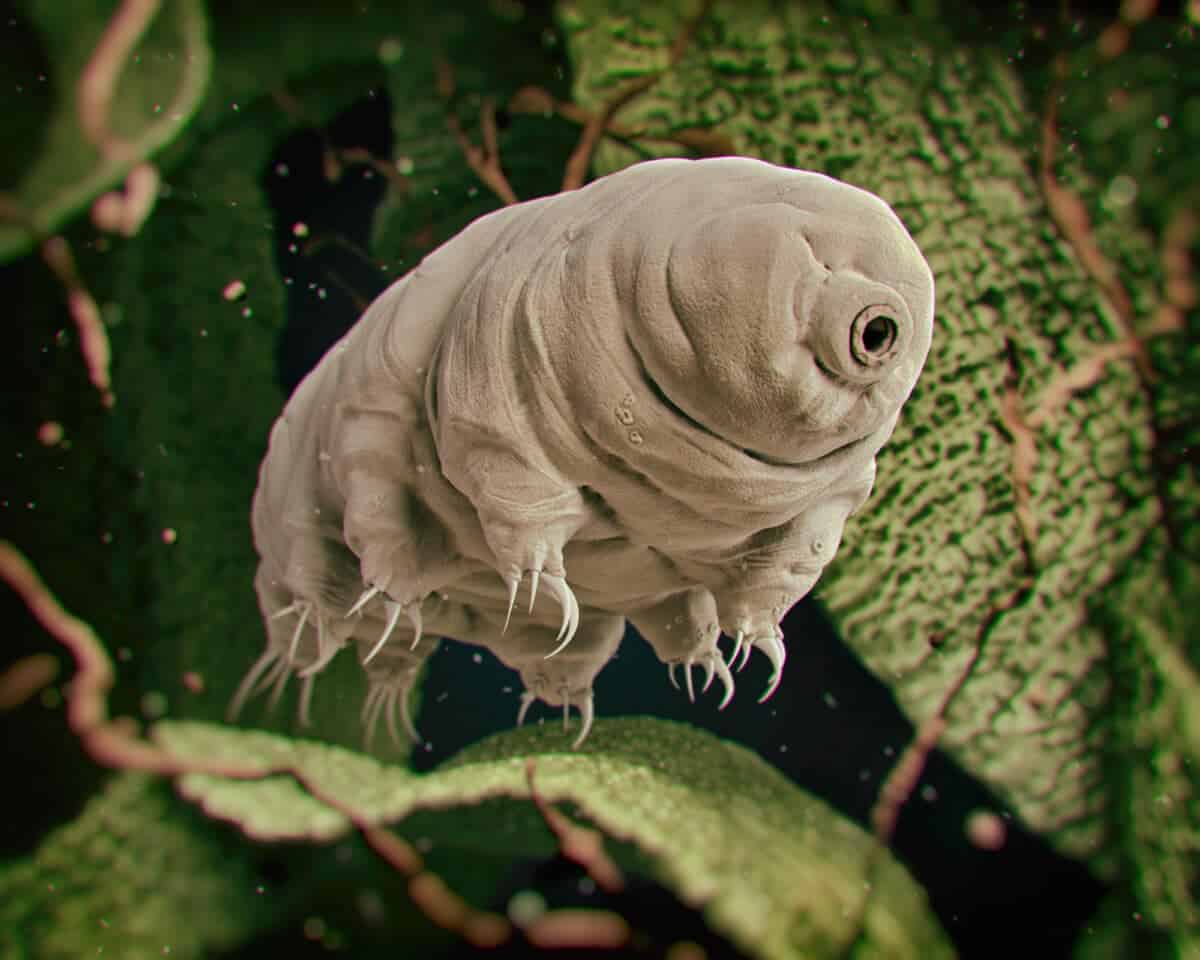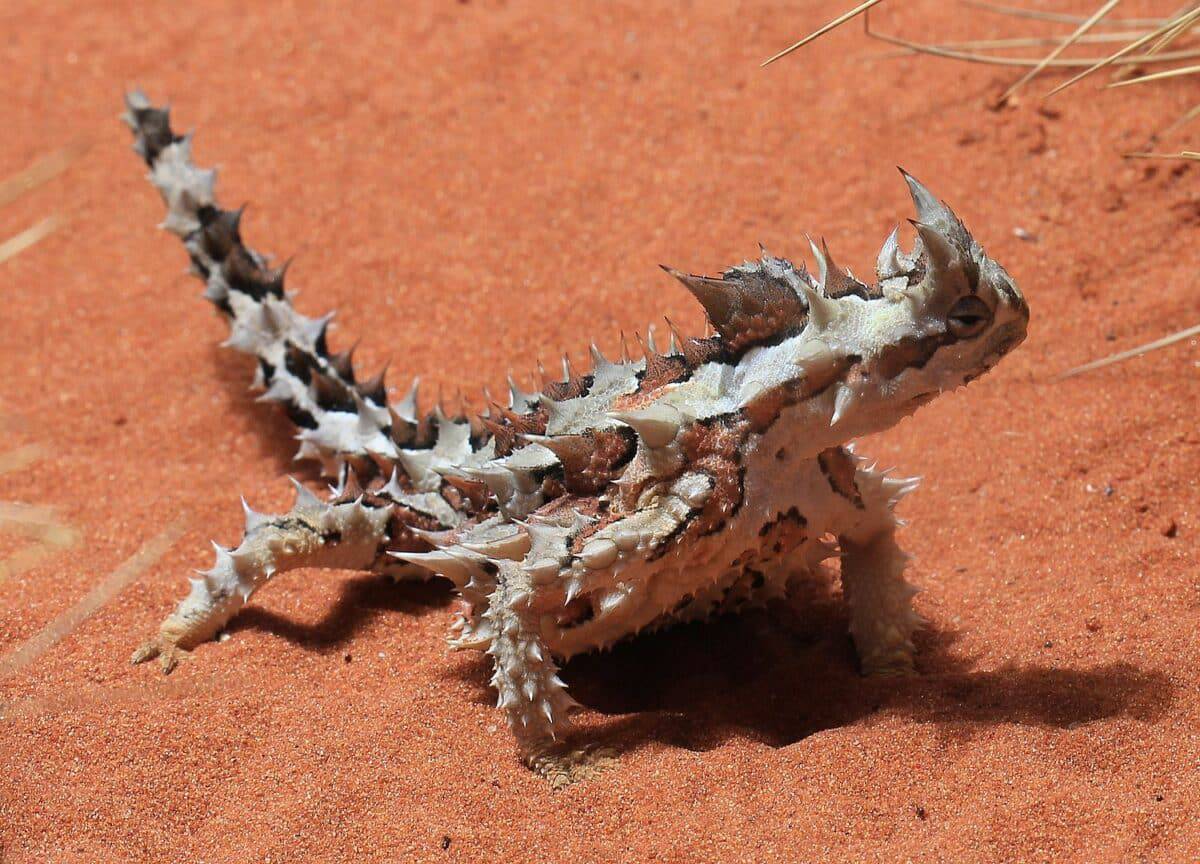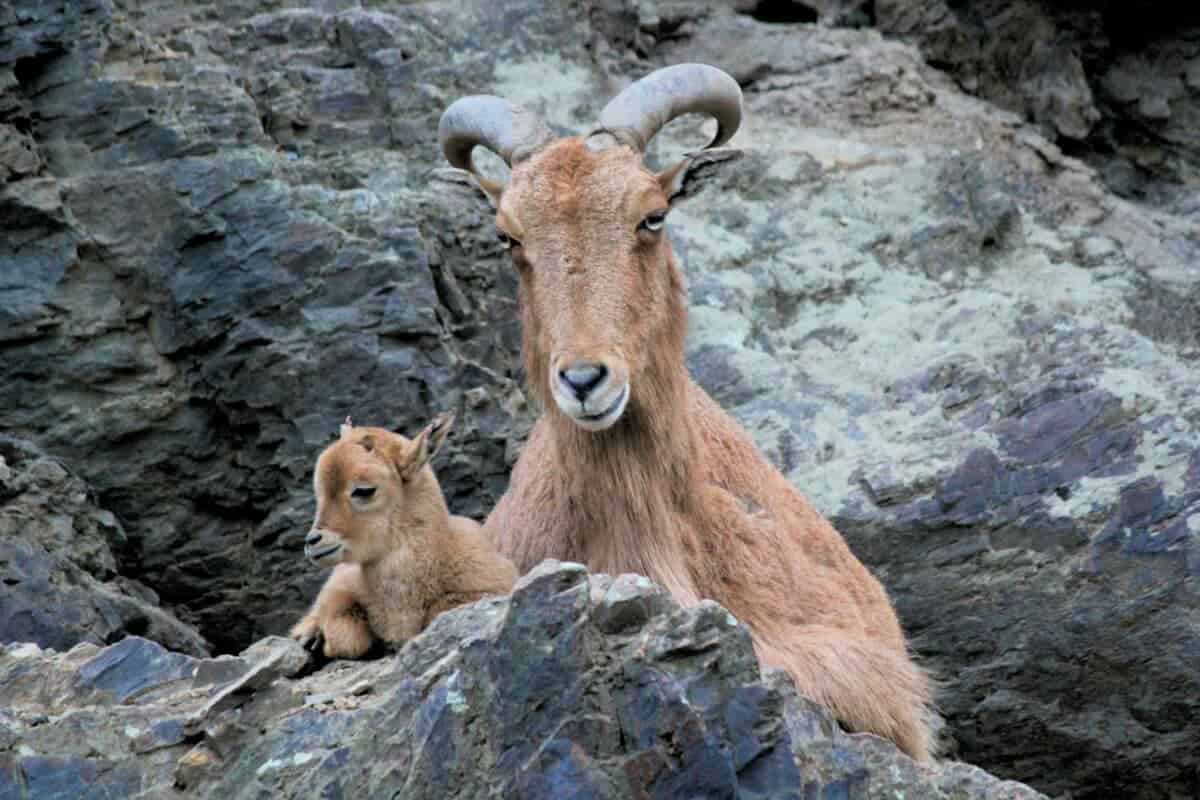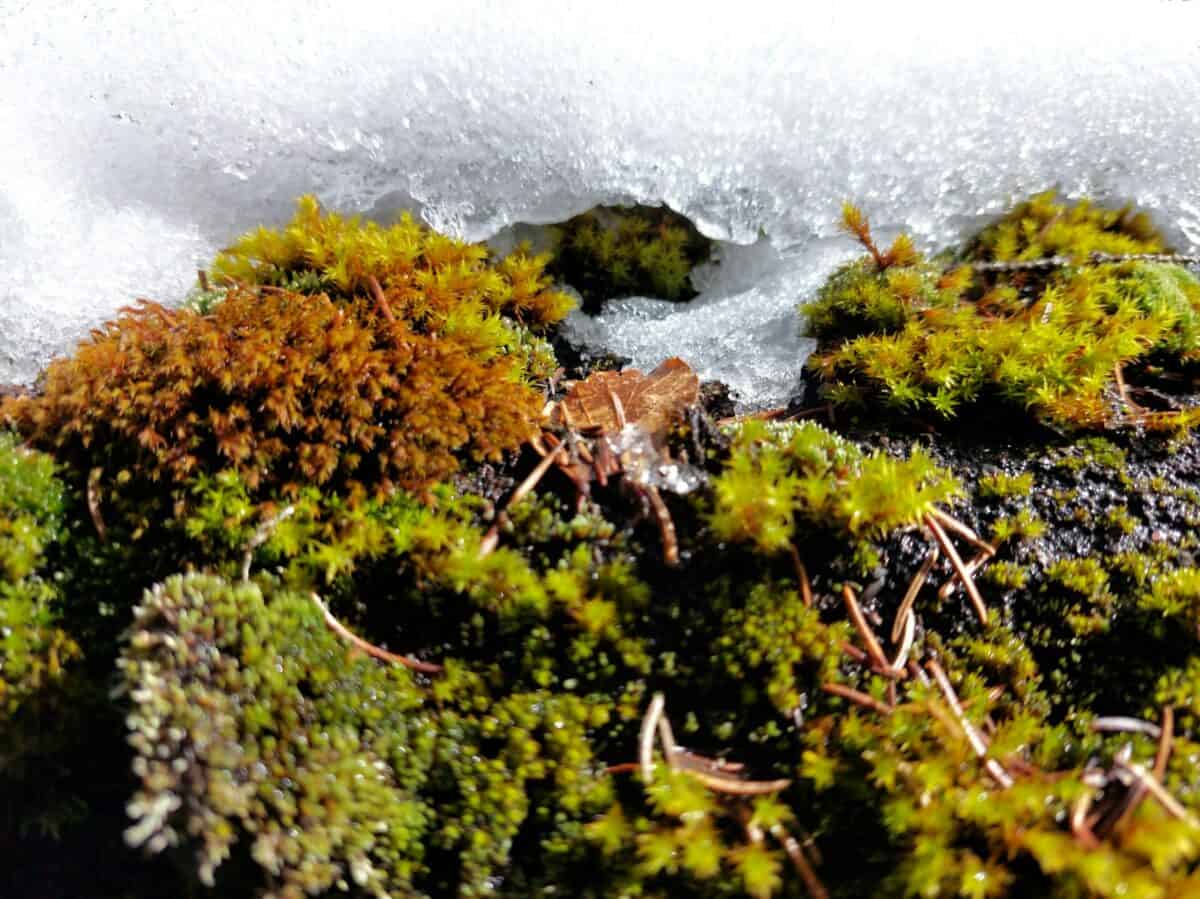When we think of extreme environments, we often imagine barren deserts, icy tundras, or the crushing depths of the sea. Amid these unforgiving terrains, life persists in remarkable ways. From microscopic animals to robust reptiles, numerous creatures have adapted to thrive in the harshest conditions on our planet. This article delves into ten incredible species that demonstrate the resilient spirit of life, showcasing adaptation at its finest.
10. Tardigrades: The Indestructible Micro-Animal

Tardigrades, often known as water bears, are microscopic creatures that have astounded scientists with their resilience. Found in diverse environments, from the deepest oceans to the highest mountains, tardigrades can survive extreme temperatures, high radiation, and even the vacuum of space. Their ability to enter a cryptobiotic state — essentially a state of suspended animation — allows them to endure up to 30 years without food or water.
9. Camel: The Desert Navigator

Camels are iconic symbols of desert survival, famed for their ability to travel long distances in arid conditions. Their humps store fat, which can be converted into water and energy when sustenance is scarce. Additionally, their long eyelashes and closable nostrils protect them from sandstorms, while broad, padded feet prevent sinking into the hot sand.
8. Emperor Penguins: Masters of the Antarctic Ice

The emperor penguin is a wonder of adaptation, thriving in the sub-zero temperatures of Antarctica. These sociable birds huddle together to conserve warmth, taking turns at the exterior of the group to shield others from the wind. Their unique breeding cycle coincides with the harshest winter months, ensuring that their chicks are born just as the food supply becomes most abundant.
7. Sahara Desert Ant: The Heat Survivor

Sahara desert ants are the most heat-tolerant terrestrial animals, able to withstand ground temperatures of up to 70 degrees Celsius (158 degrees Fahrenheit). They minimize exposure by foraging quickly and efficiently during the hottest part of the day, thus avoiding predators and competitors. Their highly heat-resistant proteins and ability to navigate using polarized sunlight aid them in surviving the scorching desert.
6. Yeti Crab: Deep-Sea Survivor

The yeti crab, residing near hydrothermal vents of the deep ocean, is a testament to life’s tenacity. These crabs survive in darkness at crushing pressures, using their hairy pincers to cultivate bacteria, which they then consume. The thermal vents provide the warmth needed for survival, while the crabs’ unique behavioral and physiological adaptations make them perfectly suited for this extreme environment.
5. Thorny Devil: The Desert Dweller

Found in the Australian outback, the thorny devil is a reptile that has evolved to flourish in arid climates. Its skin is covered in sharp spikes for protection, and unique channels between the scales allow it to collect water from any part of its body and direct it to the mouth. This adaptation ensures it remains hydrated in a parched environment where water is scarce.
4. American Pika: The Alpine Survivor

American pikas are small mammals known for their ability to thrive in the cold, rocky environments of North American mountains. With thick fur and a high-metabolism, they stay warm and active even in freezing temperatures. Pikas collect and store “haypiles” of grasses and leaves during summer months to sustain them throughout the winter when food is not accessible.
3. Wood Frog: The Frozen Amphibian

Wood frogs have a unique survival strategy that involves freezing their bodies during winter months. Ice forms beneath their skin and around internal organs, while the frog’s heart stops beating and breathing ceases. This frozen state allows them to endure the cold, with their bodies eventually thawing and returning to normal function come springtime.
2. Alpine Ibex: Defying Gravity

The alpine ibex is a mountain goat species renowned for its ability to climb steep, rocky terrain effortlessly. Living in the Alps, ibexes are equipped with specially adapted hooves that provide a firm grip on slippery surfaces. This adaptation enables them to escape predators and graze on vegetation other animals cannot reach.
1. Sea Ice Algae: Microscopic Survivors

While technically not an “animal”, sea ice algae are vital organisms that flourish on the underside of polar sea ice. These algae survive in sub-zero, low-light environments, forming the base of a food web that supports diverse marine life. They provide crucial nutrients in an environment where sunlight is sparse, showcasing the ability of life to adapt and flourish, even in the most unexpected places.
The remarkable adaptations of these ten creatures highlight nature’s ingenuity and the relentless drive of life to endure against all odds. From the desert sands to icy poles and ocean depths, these organisms not only survive but thrive, inspiring awe and respect for the natural world. As we continue to explore and learn from these extreme environment dwellers, they offer valuable insight into the potential of life in even the harshest conditions on Earth, and perhaps, beyond.
- 13 Sea Creatures That Glow in the Dark - August 20, 2025
- 10 Creatures That Can Survive in the Harshest Places on Earth - August 19, 2025
- This Whale Sings in a Unique Pitch - August 19, 2025

